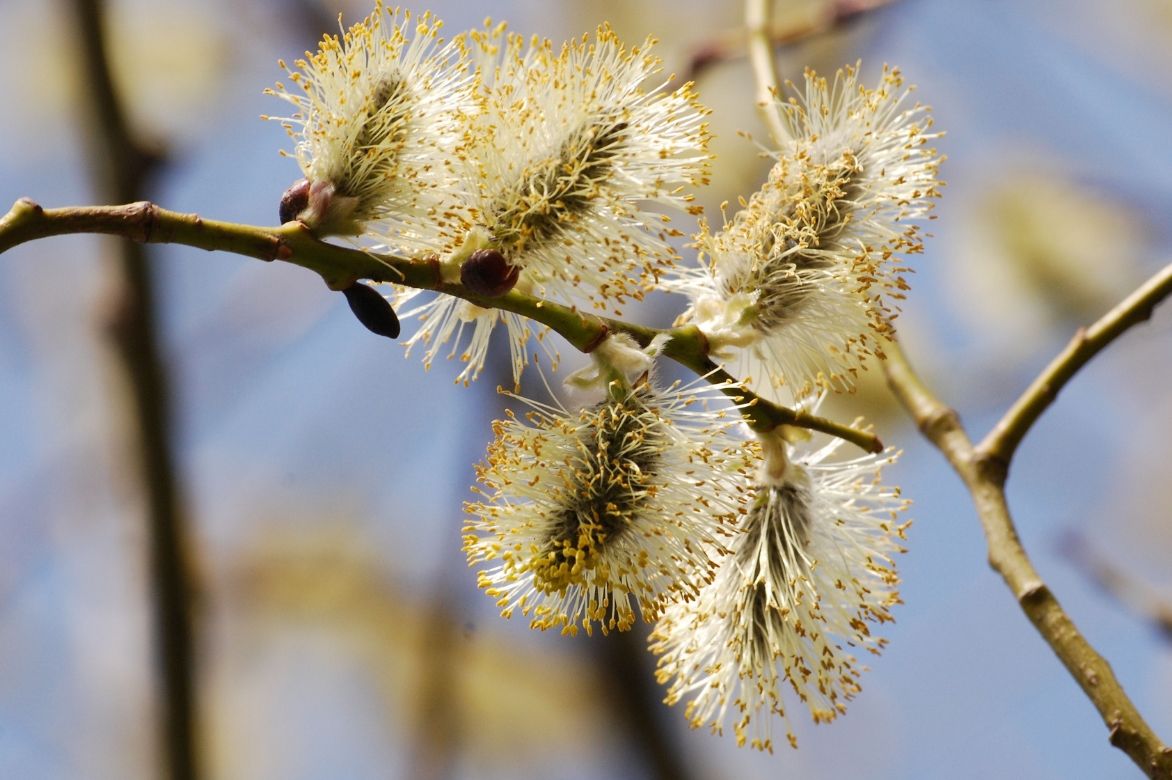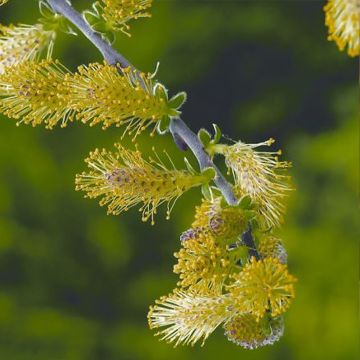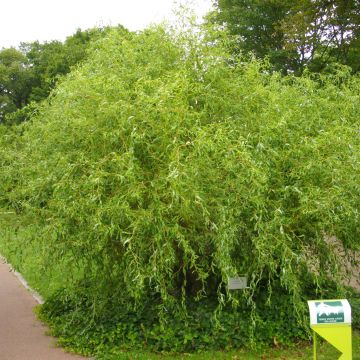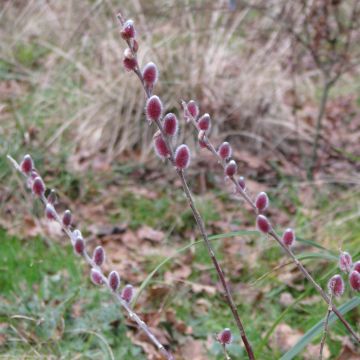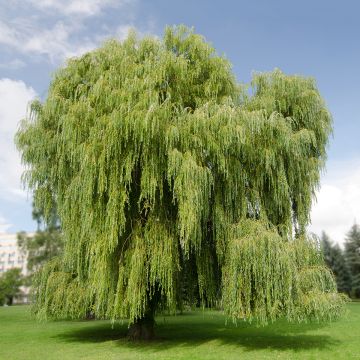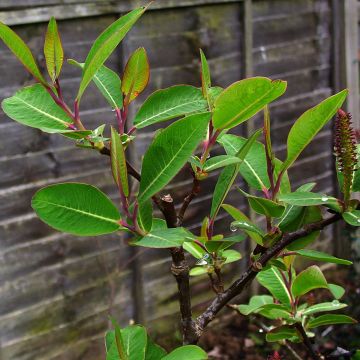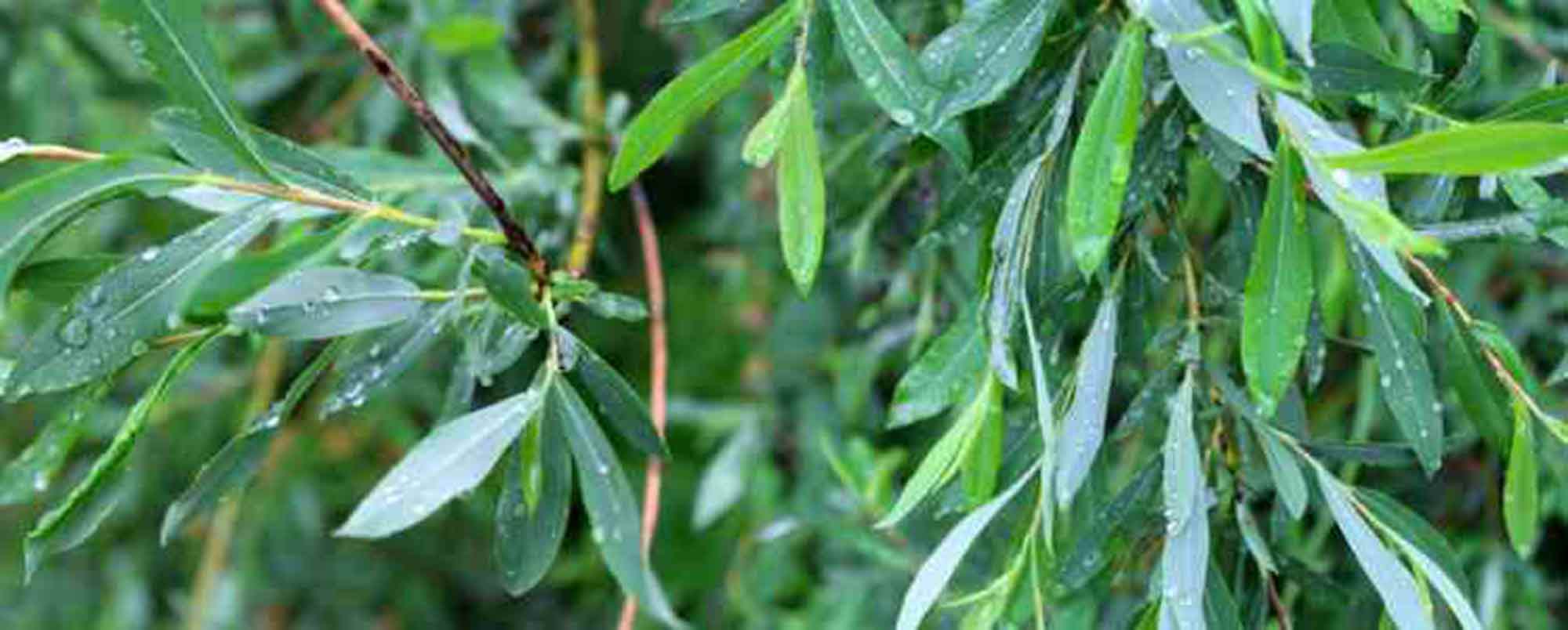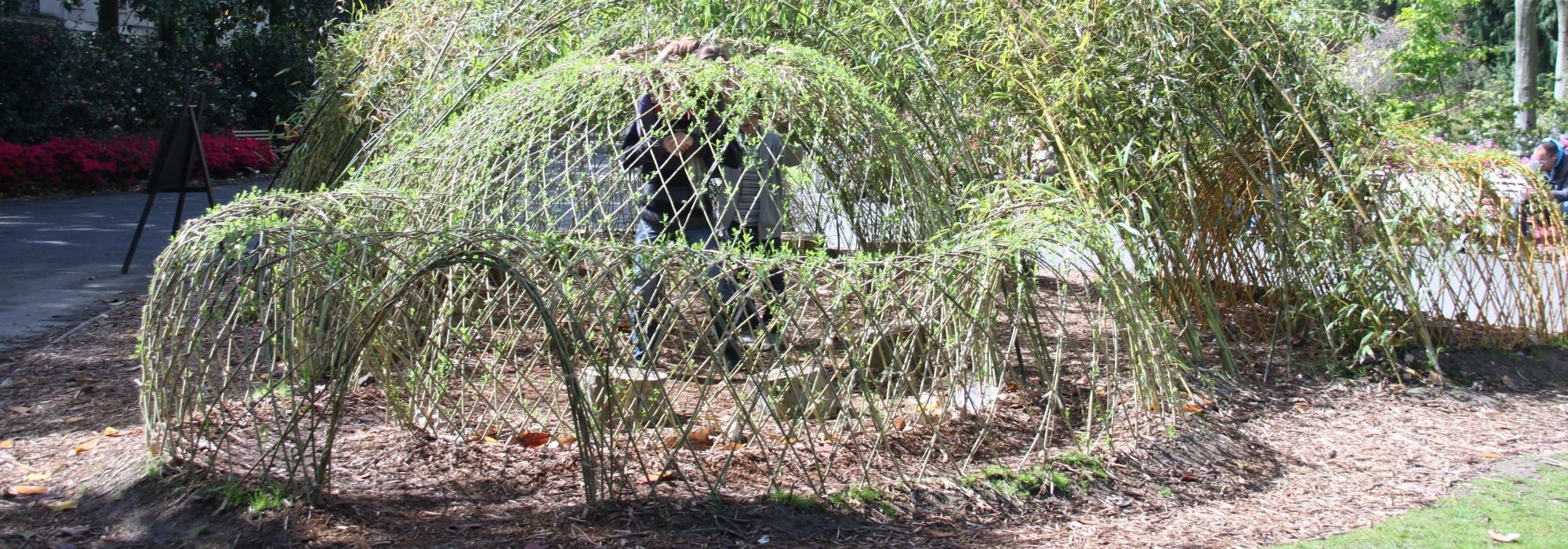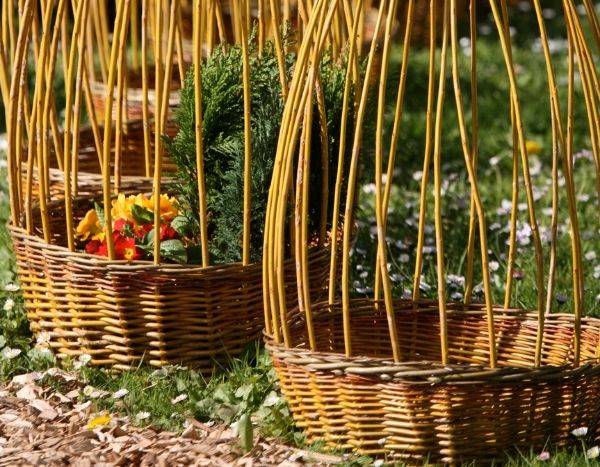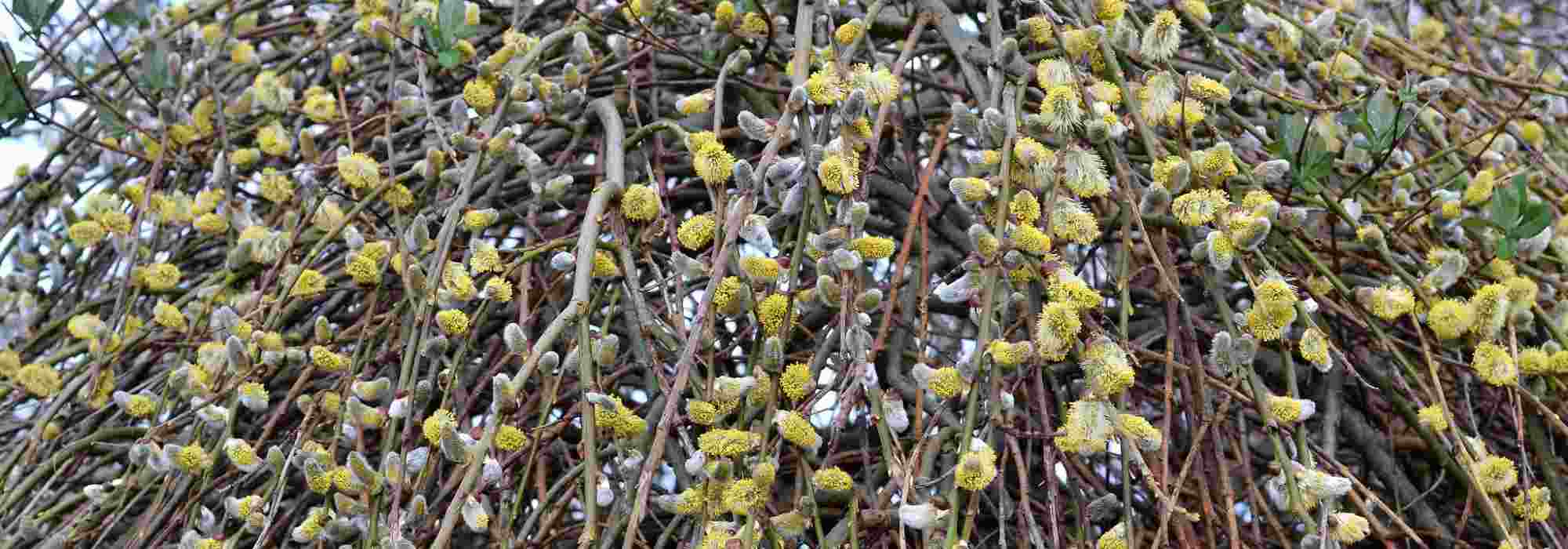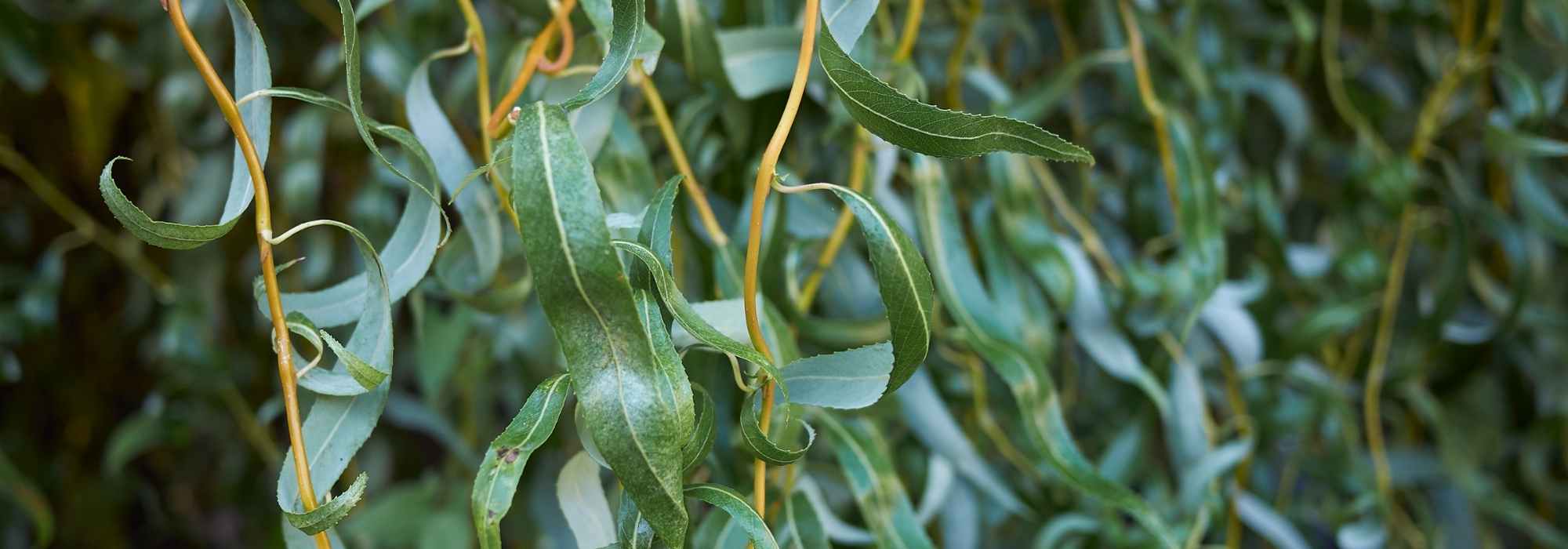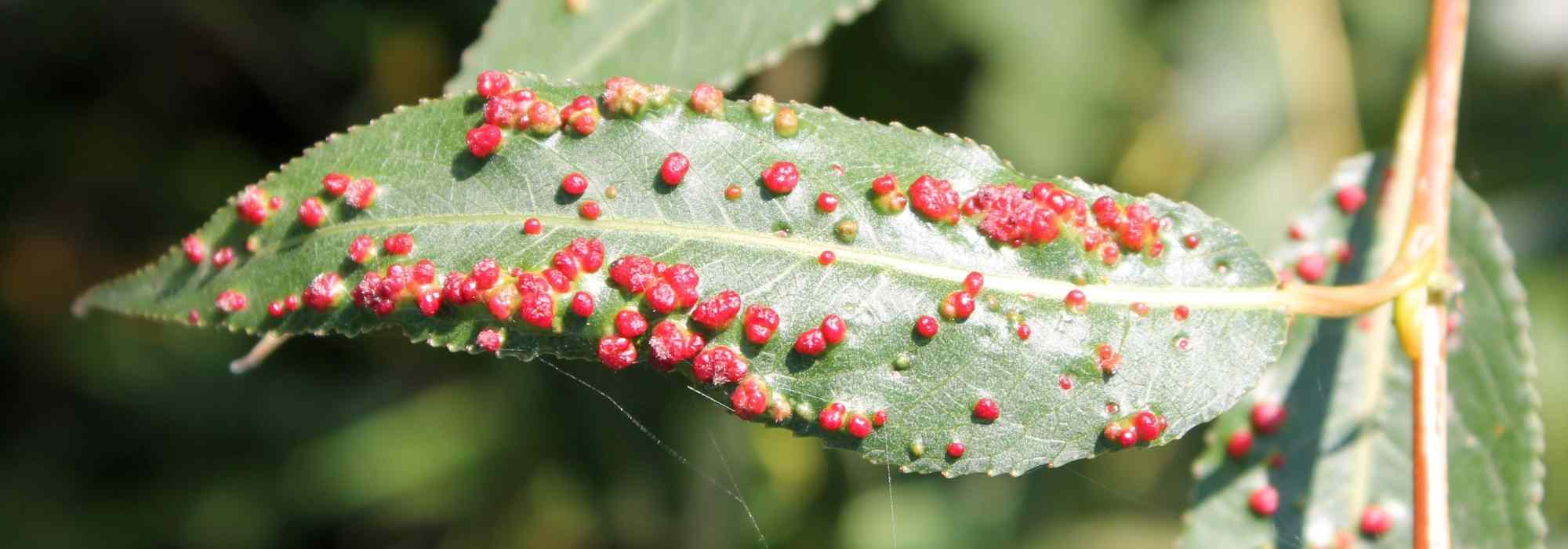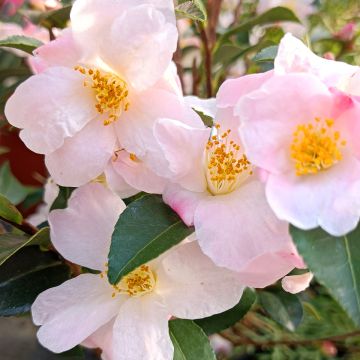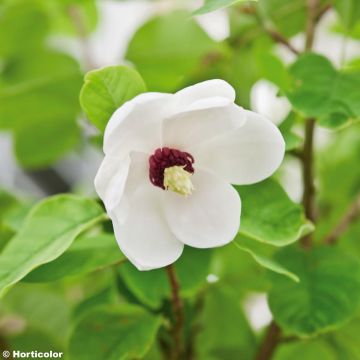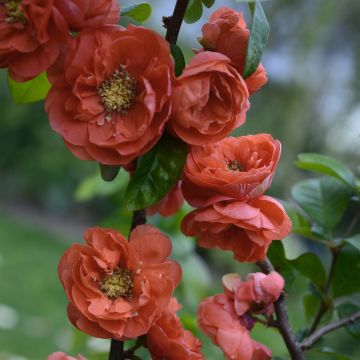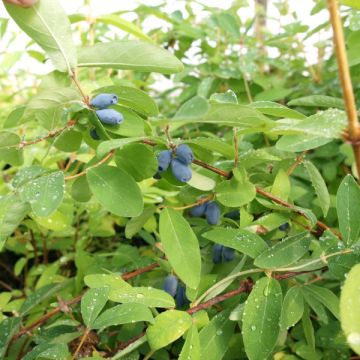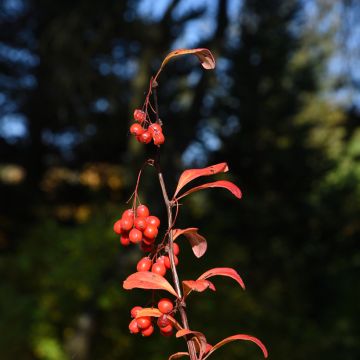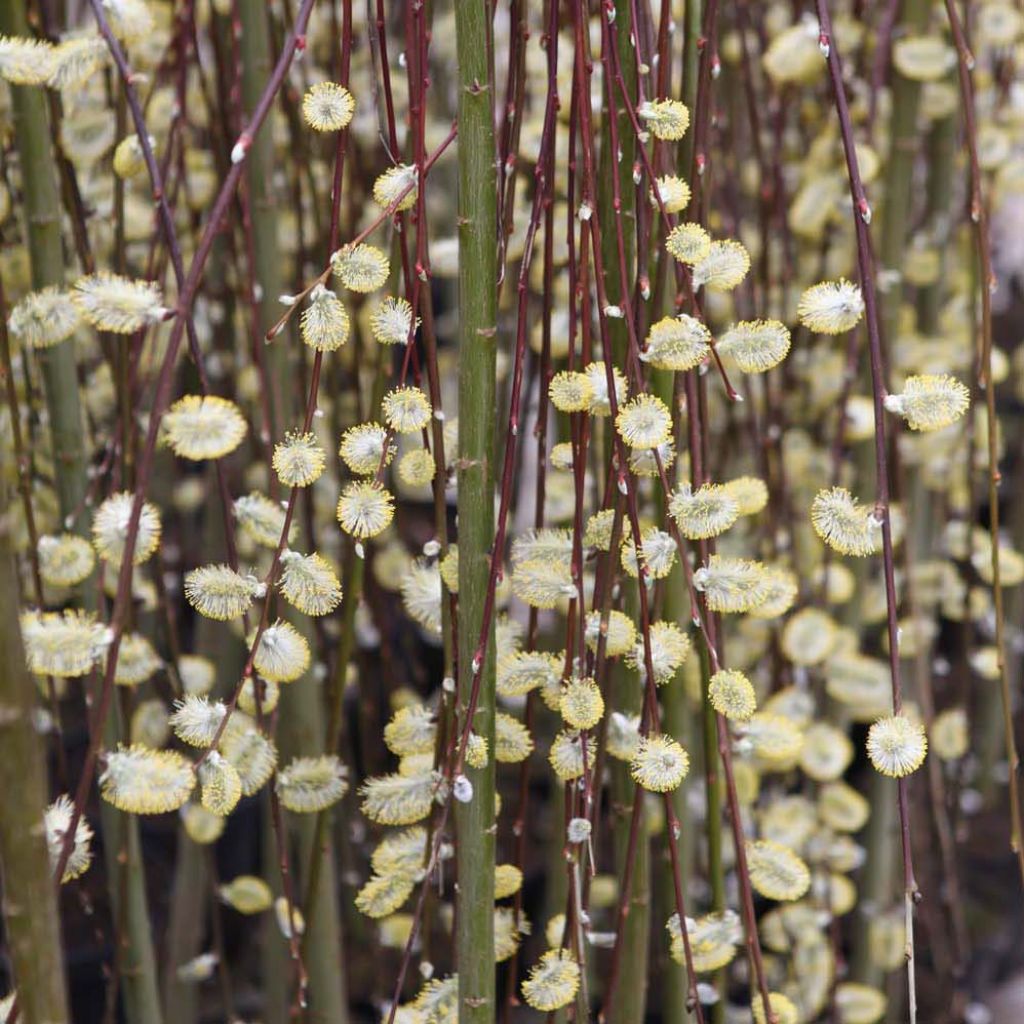

Salix caprea Kilmarnock - Great Sallow
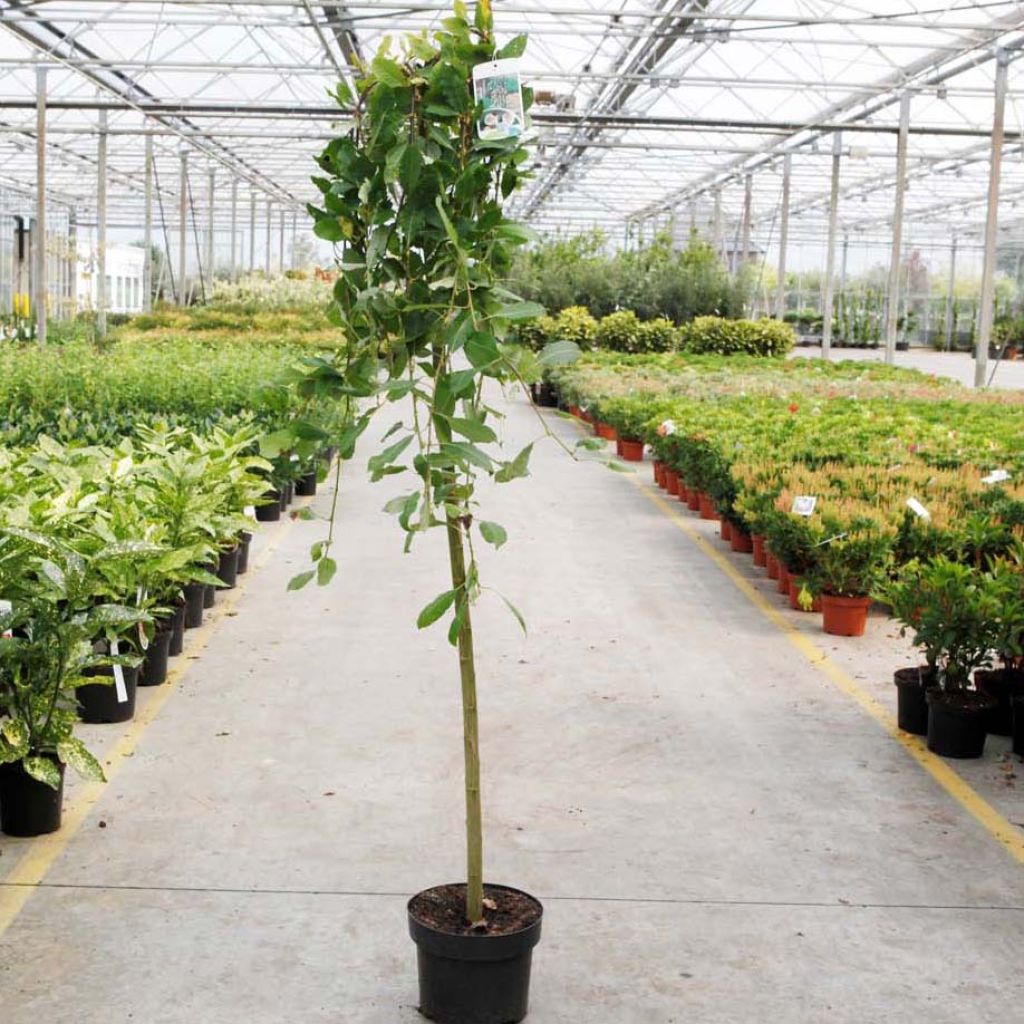

Salix caprea Kilmarnock - Great Sallow
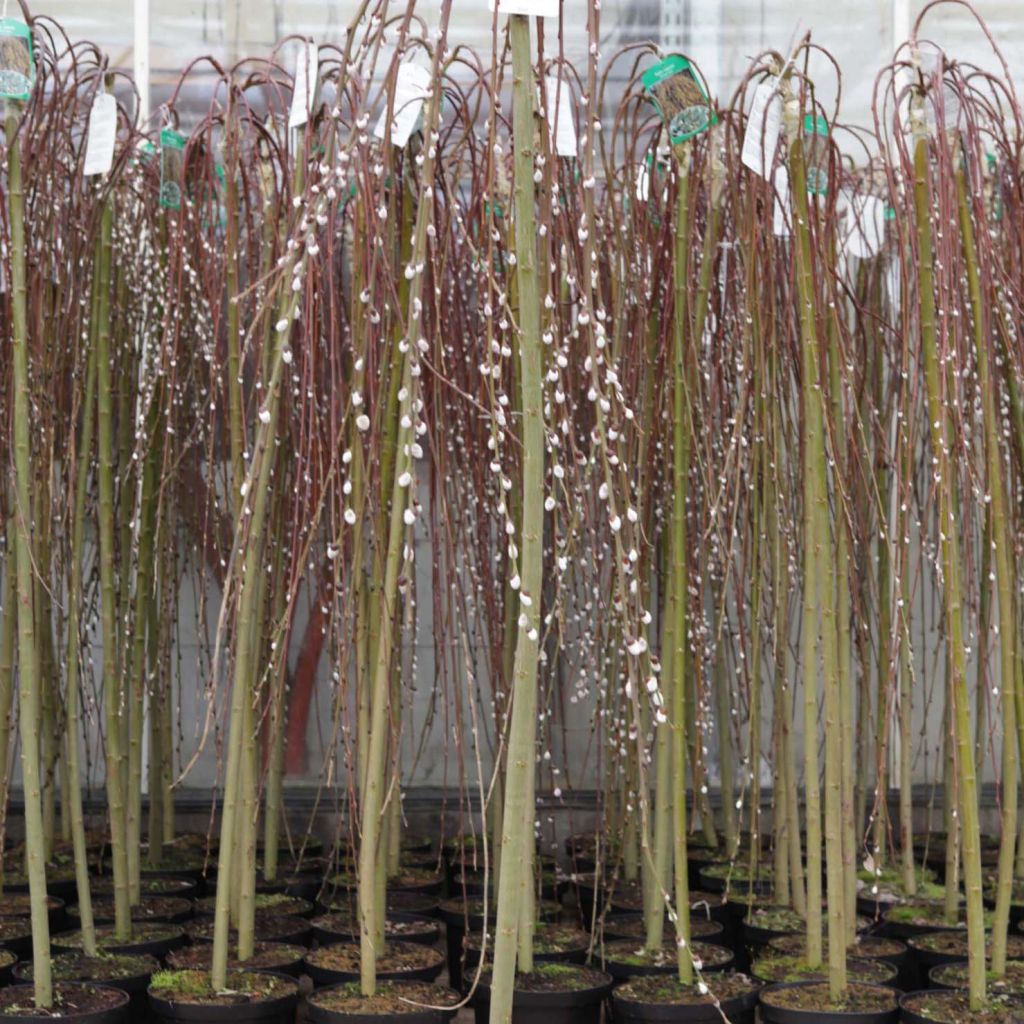

Salix caprea Kilmarnock - Great Sallow
Salix caprea Kilmarnock - Great Sallow
Salix caprea Kilmarnock (mâle)
Great Sallow, Goat Willow
Excellent - well packaged, arrived in good condition
Luna, 23/04/2025
Special offer!
Receive a €20 voucher for any order over €90 (excluding delivery costs, credit notes, and plastic-free options)!
1- Add your favorite plants to your cart.
2- Once you have reached €90, confirm your order (you can even choose the delivery date!).
3- As soon as your order is shipped, you will receive an email containing your voucher code, valid for 3 months (90 days).
Your voucher is unique and can only be used once, for any order with a minimum value of €20, excluding delivery costs.
Can be combined with other current offers, non-divisible and non-refundable.
Home or relay delivery (depending on size and destination)
Schedule delivery date,
and select date in basket
This plant carries a 24 months recovery warranty
More information
We guarantee the quality of our plants for a full growing cycle, and will replace at our expense any plant that fails to recover under normal climatic and planting conditions.

Does this plant fit my garden?
Set up your Plantfit profile →
Description
Salix caprea Kilmarnok is an old variety of Scottish goat willow, grafted at the top, which is distinguished by its beautiful weeping habit and its modest stature. It develops a crown of long trailing branches that reach the ground, forming a well-regulated parasol. In late winter, its bare and shiny branches are adorned with decorative, silvery catkins with a velvety texture, turning yellow. It is compact and perfectly suited to small gardens, but also to a container on the terrace. Original and elegant, this small deciduous tree derived from the robust goat willow is also hardy and very easy to grow in any soil, even relatively dry in summer. Its branches covered with silky catkins are superb in bouquets.
Salix caprea belongs to the willow family. It is a deciduous botanical species native to mainly Central Europe and Central and Northern Asia. The goat willow is a pioneering and ubiquitous species, a light-loving tree less exclusively associated with wet places than most other species of the genus Salix.
The cultivar Kilmarnok, sometimes referred to as Pendula, is a male willow grafted on a stem, marketed since 1853 from a Scottish nursery. It has a characteristic habit, somewhat upright, composed of a vertical trunk topped with a regular and trailing crown. At maturity, this small, fast-growing willow will not exceed 3 m (10ft) in height by 2 m (7ft) in width. The trunk is covered with a smooth grey-green bark, which takes on a grey-ashen colour and a cracked and fissured texture with age. The young branches are hairy, then become brown-yellowish with a glossy finish. The deciduous foliage consists of thick, leathery leaves, dark green and shiny on the upper side, whitish and downy on the underside, turning yellow in autumn before falling. Broadly elliptical in shape, they measure 5 to 8 cm (2 to 3in) long by 2.5 to 4 cm (1 to 2in) wide. The spectacular flowering takes place in February-March, before the leaves appear, on 1-year-old branches. 'Kilmarnock' only produces male catkins which are extremely decorative, pleasantly scented and nectar-bearing. These egg-shaped to oblong catkins, 3 to 7 cm (1 to 3in) long, initially covered with silky white-silver hairs, release very small, decorative yellow flowers, covered with pollen.
As delightful in a neat bed as in a large container on the terrace, the Kilmarnock willow is perfectly resistant to severe frosts and proves to be very easy to grow in ordinary soil, in all regions. Unlike most of its relatives, it does not require moist or waterlogged soil throughout the year and can withstand periods of moderate drought with occasional watering. Prune it every year after flowering to encourage it to branch out and produce numerous flowering branches. Place it in the centre of a bed of low shrubs (cotton lavenders, catmints, mondo grass, or Japanese sedge according to the soil) or alone, surrounded by early-flowering bulbs (snowdrops, crocuses, fritillaries, hyacinths). Remember to create bouquets with its branches adorned with silvery catkins. In a vase, they beautifully complement those of the Prunus triloba, flowering cherry and plum trees that will open in the warmth of the house.
Properties:
Like all willows, this variety contains a substance similar to aspirin in its bark. It is highly nectar-bearing and honey-bearing: bees that collect nectar from it produce a golden yellow honey, iridescent with green, which takes on amber to beige hues as it ages. Its flavour is sweet, floral and slightly woody. Its foliage was once used as fodder for goats.
Salix caprea Kilmarnock - Great Sallow in pictures
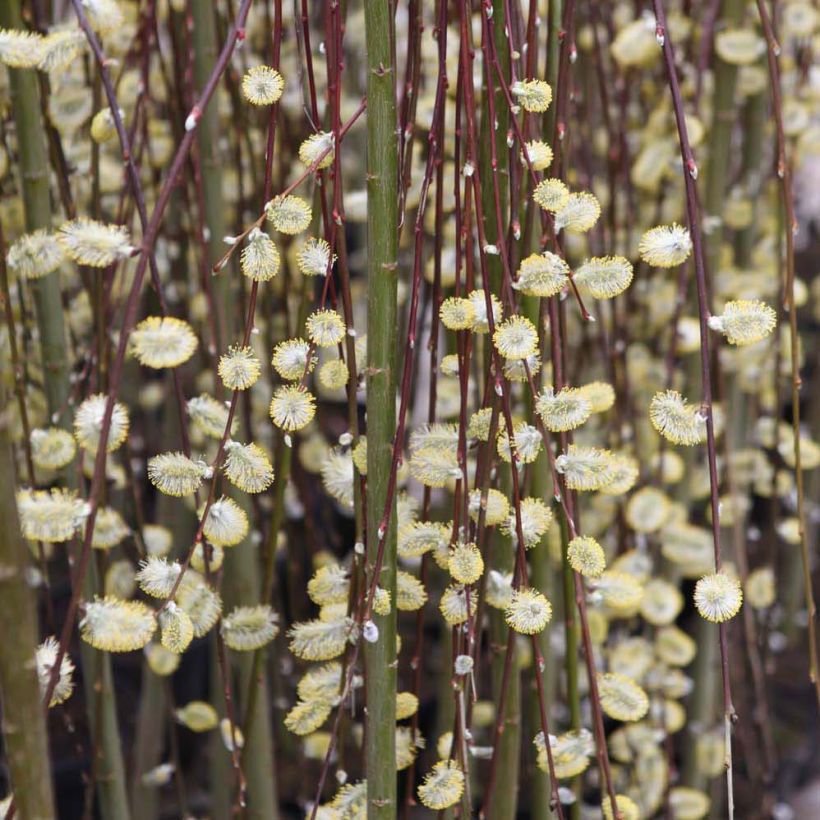

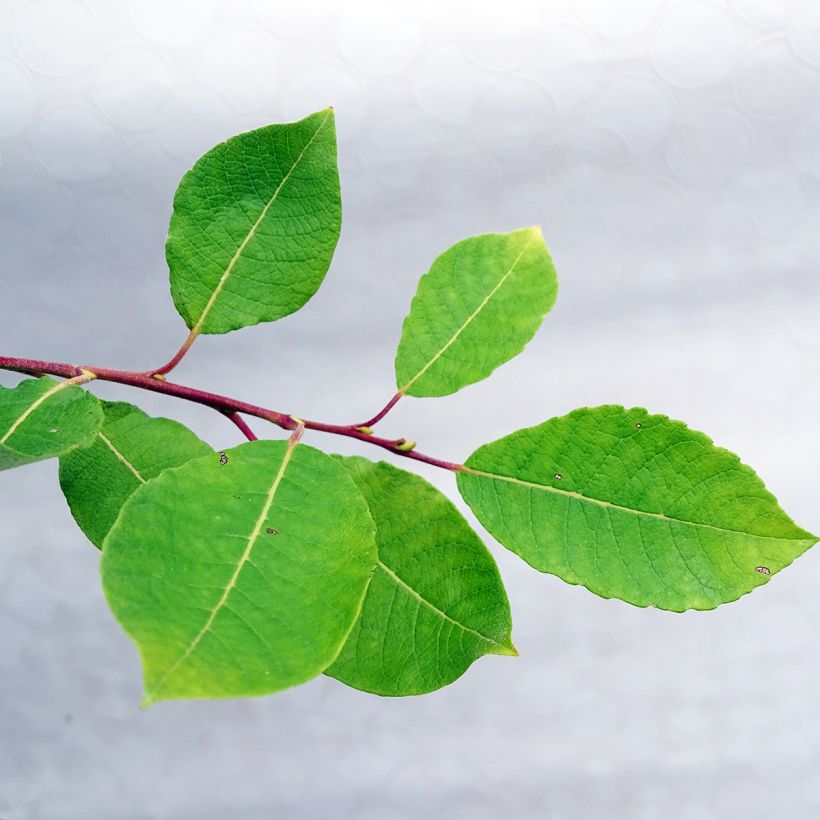

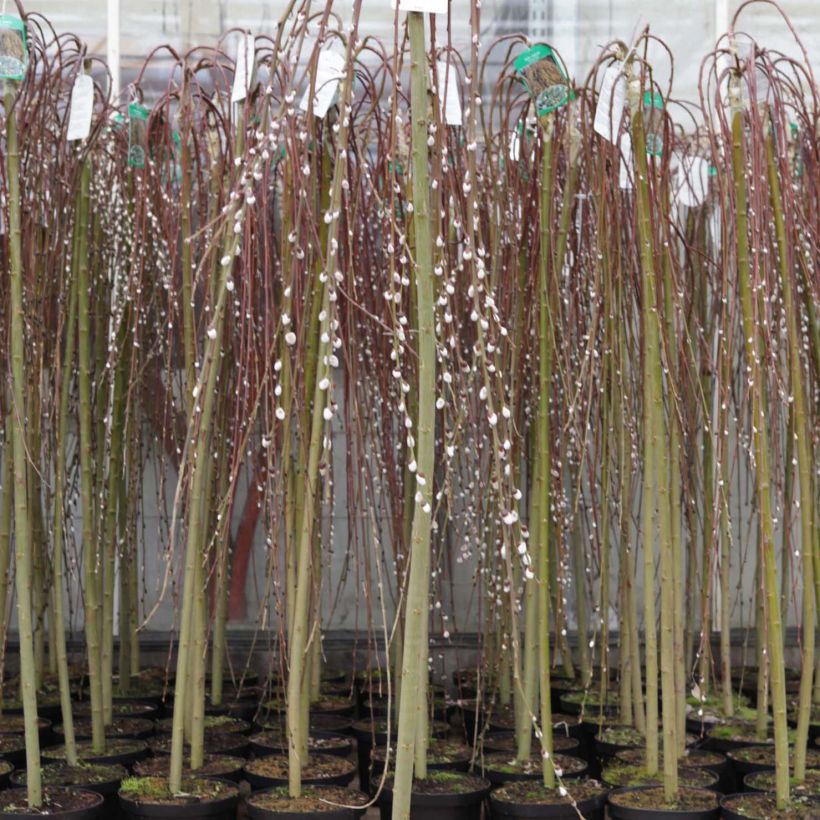

Plant habit
Flowering
Foliage
Botanical data
Salix
caprea
Kilmarnock (mâle)
Salicaceae
Great Sallow, Goat Willow
Salix caprea var. pendula (m)
Cultivar or hybrid
Other Willow - Salix
View all →Planting and care
Plant the Kilmarnock Willow in a sunny spot, sheltered from strong winds that could uproot this small tree with an underdeveloped root system. Place a sturdy stake that you can remove after 2 or 3 years of cultivation. It is undemanding in terms of soil as long as it has a certain depth allowing the bush to find some moisture in case of drought. In hot regions, once the plant is established, a generous watering every 15 days or 3 weeks will be sufficient. It will adapt equally well to light, rocky and sandy soil as to heavy and clayey, very wet soil. Limestone is not a problem. Ideally, at planting, use a mixture composed of half potting soil and half garden soil. It is perfectly resistant to cold and heavy frosts. To promote a bushy habit and the formation of branches bearing catkins, prune fairly short (5 cm (2in)) after flowering, every year.
Pot cultivation:
Provide a 40 cm (16in) deep container containing a mixture of potting soil and garden soil. Follow the watering schedule and apply flowering shrub fertilizer two to three times from February to August.
Planting period
Intended location
Care
Planting & care advice
-
, onOrder confirmed
Reply from on Promesse de fleurs
Similar products
Haven't found what you were looking for?
Hardiness is the lowest winter temperature a plant can endure without suffering serious damage or even dying. However, hardiness is affected by location (a sheltered area, such as a patio), protection (winter cover) and soil type (hardiness is improved by well-drained soil).

Photo Sharing Terms & Conditions
In order to encourage gardeners to interact and share their experiences, Promesse de fleurs offers various media enabling content to be uploaded onto its Site - in particular via the ‘Photo sharing’ module.
The User agrees to refrain from:
- Posting any content that is illegal, prejudicial, insulting, racist, inciteful to hatred, revisionist, contrary to public decency, that infringes on privacy or on the privacy rights of third parties, in particular the publicity rights of persons and goods, intellectual property rights, or the right to privacy.
- Submitting content on behalf of a third party;
- Impersonate the identity of a third party and/or publish any personal information about a third party;
In general, the User undertakes to refrain from any unethical behaviour.
All Content (in particular text, comments, files, images, photos, videos, creative works, etc.), which may be subject to property or intellectual property rights, image or other private rights, shall remain the property of the User, subject to the limited rights granted by the terms of the licence granted by Promesse de fleurs as stated below. Users are at liberty to publish or not to publish such Content on the Site, notably via the ‘Photo Sharing’ facility, and accept that this Content shall be made public and freely accessible, notably on the Internet.
Users further acknowledge, undertake to have ,and guarantee that they hold all necessary rights and permissions to publish such material on the Site, in particular with regard to the legislation in force pertaining to any privacy, property, intellectual property, image, or contractual rights, or rights of any other nature. By publishing such Content on the Site, Users acknowledge accepting full liability as publishers of the Content within the meaning of the law, and grant Promesse de fleurs, free of charge, an inclusive, worldwide licence for the said Content for the entire duration of its publication, including all reproduction, representation, up/downloading, displaying, performing, transmission, and storage rights.
Users also grant permission for their name to be linked to the Content and accept that this link may not always be made available.
By engaging in posting material, Users consent to their Content becoming automatically accessible on the Internet, in particular on other sites and/or blogs and/or web pages of the Promesse de fleurs site, including in particular social pages and the Promesse de fleurs catalogue.
Users may secure the removal of entrusted content free of charge by issuing a simple request via our contact form.
The flowering period indicated on our website applies to countries and regions located in USDA zone 8 (France, the United Kingdom, Ireland, the Netherlands, etc.)
It will vary according to where you live:
- In zones 9 to 10 (Italy, Spain, Greece, etc.), flowering will occur about 2 to 4 weeks earlier.
- In zones 6 to 7 (Germany, Poland, Slovenia, and lower mountainous regions), flowering will be delayed by 2 to 3 weeks.
- In zone 5 (Central Europe, Scandinavia), blooming will be delayed by 3 to 5 weeks.
In temperate climates, pruning of spring-flowering shrubs (forsythia, spireas, etc.) should be done just after flowering.
Pruning of summer-flowering shrubs (Indian Lilac, Perovskia, etc.) can be done in winter or spring.
In cold regions as well as with frost-sensitive plants, avoid pruning too early when severe frosts may still occur.
The planting period indicated on our website applies to countries and regions located in USDA zone 8 (France, United Kingdom, Ireland, Netherlands).
It will vary according to where you live:
- In Mediterranean zones (Marseille, Madrid, Milan, etc.), autumn and winter are the best planting periods.
- In continental zones (Strasbourg, Munich, Vienna, etc.), delay planting by 2 to 3 weeks in spring and bring it forward by 2 to 4 weeks in autumn.
- In mountainous regions (the Alps, Pyrenees, Carpathians, etc.), it is best to plant in late spring (May-June) or late summer (August-September).
The harvesting period indicated on our website applies to countries and regions in USDA zone 8 (France, England, Ireland, the Netherlands).
In colder areas (Scandinavia, Poland, Austria...) fruit and vegetable harvests are likely to be delayed by 3-4 weeks.
In warmer areas (Italy, Spain, Greece, etc.), harvesting will probably take place earlier, depending on weather conditions.
The sowing periods indicated on our website apply to countries and regions within USDA Zone 8 (France, UK, Ireland, Netherlands).
In colder areas (Scandinavia, Poland, Austria...), delay any outdoor sowing by 3-4 weeks, or sow under glass.
In warmer climes (Italy, Spain, Greece, etc.), bring outdoor sowing forward by a few weeks.






























